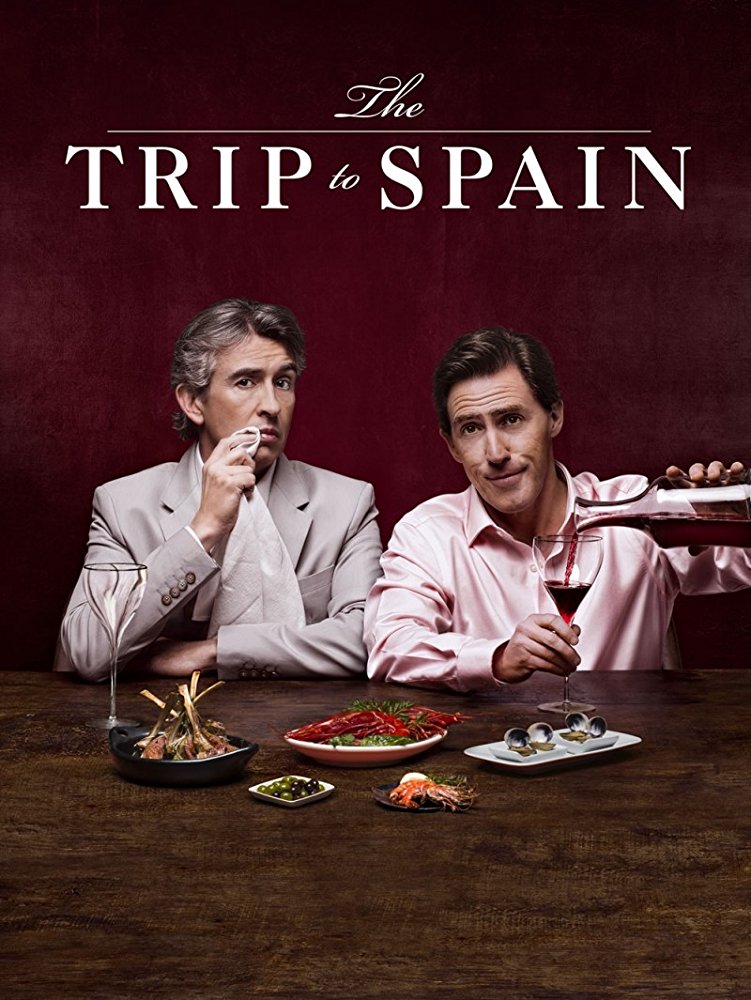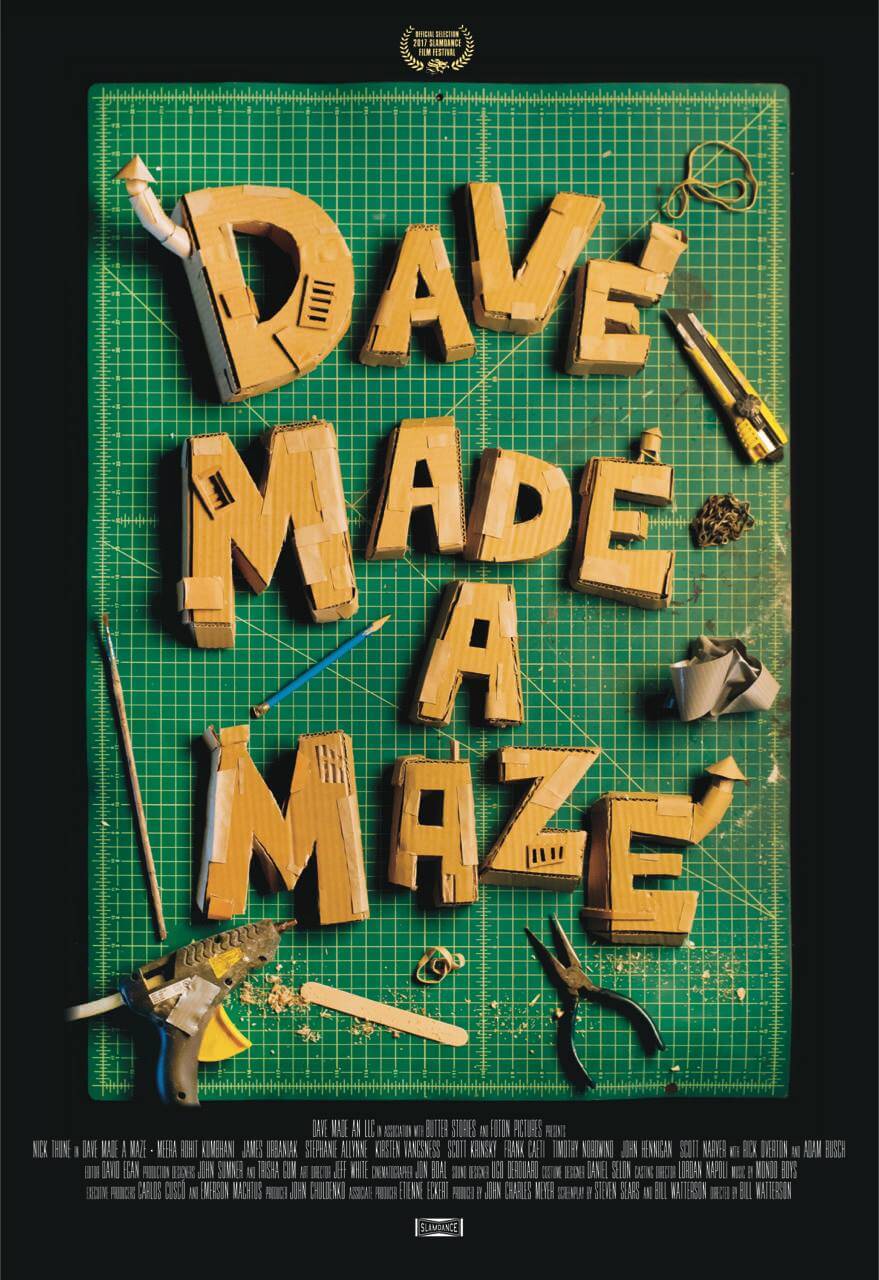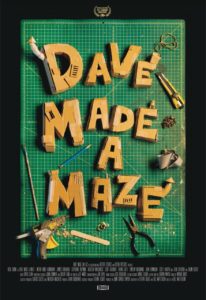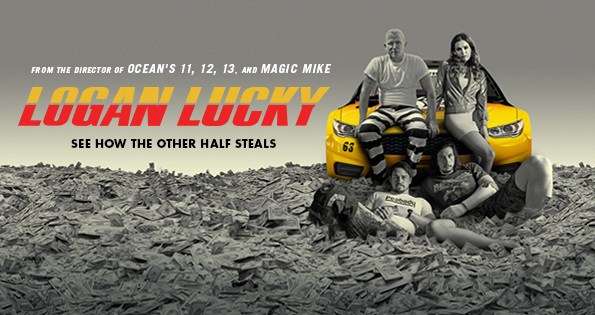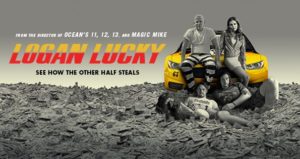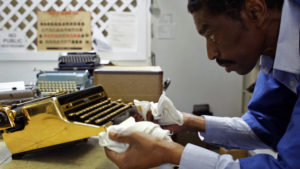I Do…Until I Don’t
Posted on August 31, 2017 at 5:27 pm
C-| Lowest Recommended Age: | Mature High Schooler |
| MPAA Rating: | Rated R for sexual material and language |
| Profanity: | Very strong and explicit language |
| Alcohol/ Drugs: | Alcohol |
| Violence/ Scariness: | Tense confrontations |
| Diversity Issues: | None |
| Date Released to Theaters: | September 1, 2017 |
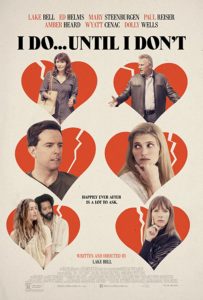
Hopes are high for Lake Bell after the delightful “In a World….,” which she wrote, directed, and starred in. A terrific cast, a peek at the unfamiliar world of voice actors, and an endearing heroine made it an exceptionally promising debut. Unfortunately, her sophomore effort retains only the superb casting and the affection for title ellipsis. “I Do…Until I Don’t” is more like an r-rated episode of the cheesy anthology series “Love American Style” than it is like “In a World.”
Bell clearly wants to explore the challenges of monogamy and marriage, a topic well worth exploring because most movies about romance end with the wedding, the “happily ever after” to be imagined. Where “In a World…” benefitted from the sharp, vivid observations of a person who thoroughly understood a world that the audience had never seen before, in “I Do…Until I Don’t,” the barely-out-of-the-newlywed-stage Bell (she and her husband were married in 2013) is trying to explain marriage to an audience who have all literally lived in or with the experience of marriage as husbands, wives, children, and family members. Her portrayal of three different couples is immediately apparent as superficial and unrealistic.
The entire premise is artificial. Bell imagines a cynical documentarian named Vivian (Dolly Wells) who is determined to expose the essential impossibility of the idea of marriage. Her theory is based on the tired theory that the idea of lifelong monogamy was developed in an era when the average lifespan was less than four decades and is therefore unrealistic when we are living twice as long. Of course when the lifespan was three decades marriages were more likely to be based on alliances of property and money than romantic love, which might have played into the expectations of the participants, but that has nothing to do with Vivian’s premise. And of course she has a villainous British accent just to remind us that she’s the bad guy.
Three couples become the focus of her film. Two of them are so unpleasant it is impossible for us to care very much whether they prove Vivian wrong, except to keep them off the market so they can’t marry someone nicer. All three of them are so thinly conceived that even the very able work of an outstanding cast cannot give them any depth or reality, even in a heightened comic setting.
Bell plays Alice, married to Noah (Ed Helms). Their business is failing. So are their efforts to become parents. Alice tells Noah Vivian will pay them a lot of money to be in her film. It is a lie. She has to find the money somewhere, so she agrees to provide “happy endings” at a massage parlor run by Bonnie (the terrific Chauntae Pink).
Harvey (Paul Reiser) and Cybill (Mary Steenburgen) are middle-aged and constantly snipe at each other, especially Cybill, who puts real effort into it while Harvey is mostly playing defense.
The third couple is not married and has an open relationship because why not. They are Fanny (Amber Heard) and Zander (Wyatt Cenac), free-wheeling hippie stereotypes. Alice thinks Noah is into Fanny for no particular reason other than her own insecurity over not being honest with him about pretty much anything.
These people are not interesting and their realizations are completely unfounded. My advice: don’t.
Parents should know that this film includes very strong and explicit language, explicit sexual references and situations, prostitution, drinking, and marital problems.
Family discussion: Why is it so important to Vivian to be right about marriage? Which couple changes the most?
If you like this, try: “In a World…” from the same writer/director/star


